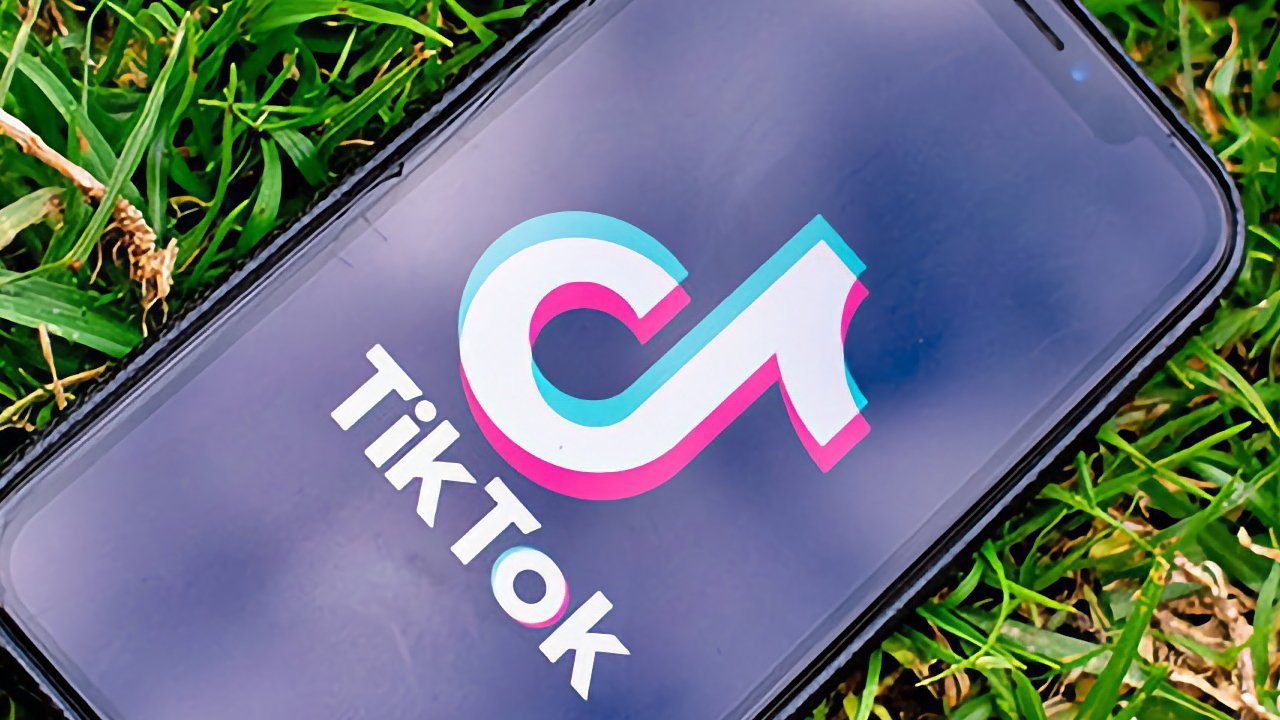HP’s ZBook Studio 16 G11 (starts at $3,559; $7,283 as tested) is a (relatively) thin and light laptop designed for professional content creators. It maintains the impressive quality we’ve come to expect from the ZBook line, especially with its outstanding DreamColor screen. However, it’s awfully expensive and has some notable drawbacks, including brief battery life and average performance. For those willing to sacrifice some portability, our top notebook workstation pick, the heftier HP ZBook Fury 16 G11, provides superior performance and battery life.
Configurations and Design: C-Suite Style
HP’s ZBook series of mobile workstations targets prosumers and businesses, especially those focused on content creation and specialized high-performance tasks. The ZBook Power line is the most affordable, the ZBook Firefly is the most portable, and the ZBook Fury is the most powerful. The ZBook Studio 16 G11 seen here is the luxury option, aimed more at creators than scientists or engineers—it packs greater performance than the Firefly in an equally slim design.
(Credit: Joseph Maldonado)
Powered by Intel’s Core Ultra H-class processors, the ZBook Studio delivers significantly faster performance than a typical 16-inch laptop with a lower-wattage U-series chip. The base model comes with integrated graphics—and hence doesn’t count as a workstation in our book—while both Nvidia’s GeForce RTX consumer and RTX Ada Generation professional GPUs are available as dedicated options. What truly sets this laptop apart from most desktop replacements is the available DreamColor screen, which provides exceptional color coverage for prepress, video, and other color-sensitive tasks.
(Credit: Joseph Maldonado)
On the outside, the ZBook Studio maintains the stylish black and silver appearance that HP’s high-end laptops are known for. It’s a classy laptop in any setting.
Measuring 0.8 by 14 by 9.5 inches (HWD), the Studio 16 is about the same size as the Asus ProArt P16 (H7606) but is lighter, starting at 3.8 pounds versus 4.1 pounds. By contrast, the 16-inch Dell Precision 5690 workstation is thicker and significantly heavier, weighing 4.5 pounds.
Most of the ZBook Studio’s surfaces are metal, including the chassis and the lid. The plastic bottom panel is held on by five Torx screws, one of which is hidden behind a rubber door. Inside, you’ll find two SODIMM slots and one M.2 2280 upgrade slot. The battery is replaceable, but the wireless card is soldered.
(Credit: Joseph Maldonado)
The port selection begins on the left with two 40Gbps Thunderbolt 4 ports, a 3.5mm audio jack, and a barrel-style AC adapter connector near the rear corner. On the right edge, you’ll find a microSD card reader, one 10Gbps USB Type-C port supporting power delivery and DisplayPort out, and a 5Gbps USB Type-A port along with a Kensington Nano security lock slot. Alas, an HDMI monitor port is missing in action.
(Credit: Joseph Maldonado)
The ZBook Studio has a one-year warranty on configurable models, while most preconfigured units carry a three-year warranty. Intel vPro Enterprise technology is available with specific CPU models. HP sells numerous security features, including its formidable Wolf Pro security suite. An infrared webcam and a fingerprint reader in the palm rest provide biometric security.
Using the HP ZBook Studio 16 G11: One Chic Operator
Handling the ZBook Studio leaves little doubt that it’s a premium product. The metal usually feels cool to the touch; I don’t notice the laptop’s surfaces getting more than lukewarm, even under heavy benchmarking stress.
Anyone fortunate enough to get the DreamColor screen on this system is in for a treat. Designed for color accuracy rather than entertainment, it delivers stunning picture quality. While it doesn’t quite match the inky blacks of an OLED panel, this 3,840-by-2,400-pixel IPS display produces deep contrast and vibrant colors. Its 120Hz refresh rate ensures butter-smooth window animations and mouse movements. The only feature it lacks is touch support, though HP also sells a touch screen with the same 4K resolution. The base screen is 1,920 by 1,200 pixels.
The Studio 16 G11 has an excellent pair of speakers for a laptop not designed for entertainment. Positioned on either side of the keyboard, they project loud, clear sound upwards and provide decent bass. The Dark Knight movie trailer sounded particularly engaging.
The keyboard features RGB backlighting, taking a page from gaming laptops. The included Z Light Studio app allows for complete control over the lighting on a per-key basis, with configurable layers and effects. Preset lighting effects include Night Mode, Focus, Relax, and Create. While simple white backlighting would have been sufficient on a business laptop, given the cost of this model, every extra feature is welcome.
(Credit: Joseph Maldonado)
The typing experience is superb, with snappy and precise tactile feedback. I reached my top typing speed of around 120 words per minute in the MonkeyType online test. However, the keyboard layout isn’t as productive as it could be, lacking dedicated Home, End, Page Up, or Page Down keys (secondary functions of the arrow keys). The mismatched sizes of the arrow keys can also lead to typos. HP’s spacious touchpad is a pleasure to use, providing quiet physical clicks and a smooth, stutter-free surface.
Another disappointment with this laptop is its low-resolution 720p webcam, which delivers lackluster video quality. I expected at least a 1080p resolution, if not higher, as HP provides on some of its upscale laptops (the OmniBook X 14 comes to mind).
Testing the HP ZBook Studio 16 G11: Not a Class Leader
Our ZBook Studio 16 G11 is the maximum configuration, featuring an Intel Core Ultra 9 185H processor (16 cores, 22 threads, 5.1GHz turbo), an Nvidia RTX 3000 Ada Generation GPU, 64GB of RAM, a 1TB solid-state drive, Windows 11 Pro, and Wi-Fi 7 with Bluetooth 5.4.
At the time of this review, all configurations were priced sky-high on HP’s site; business buyers will want to go through a channel partner. The Asus ProArt P16 (H7606) is thousands less expensive for individual consumers.
Our benchmark comparison systems include the Asus above ($2,699.99 as tested) and HP ZBook Fury 16 G11 ($3,564 as tested), plus the Lenovo ThinkPad P16 Gen 2 flagship workstation (about $3,500 as tested). We also included the Acer Predator Triton Neo 16 ($1,599.99 as tested) to show how well a gaming laptop can compete.
Productivity and Content Creation Tests
We run the same general productivity benchmarks across both mobile and desktop systems. Our first test is UL’s PCMark 10, which simulates a variety of real-world productivity and office workflows to measure overall system performance and also includes a storage subtest for the primary drive.
The next three benchmarks stress the CPU, using all available cores and threads to rate a PC’s suitability for processor-intensive workloads. Maxon’s Cinebench 2024 uses that company’s Redshift engine to render a complex image. Geekbench 6.3 Pro from Primate Labs simulates popular apps ranging from PDF rendering and speech recognition to machine learning. As with Cinebench, we record its single- and multi-core scores; higher numbers are better. We also put a stopwatch on systems as they use the open-source video transcoder HandBrake 1.8 to convert a 12-minute video clip from 4K to 1080p resolution; lower times are better.
Finally, we run a cross-platform content creation benchmark: Adobe Photoshop 2024 using the 1.2.20 version of Puget Systems’ PugetBench for Creators. This test rates a PC’s performance for multimedia apps using an automated extension that executes a variety of general and GPU-accelerated Photoshop tasks ranging from opening, rotating, resizing, and saving an image to applying masks, gradient fills, and filters.
The ZBook Studio trailed by a wide margin in PCMark’s main test, though its score was by no means low for a laptop. In the CPU tests, it slightly underperformed compared with the Acer Predator, which used the same Core Ultra 9 CPU. The Asus, ZBook Fury, and ThinkPad topped the CPU charts thanks to their higher wattage HX-class chips.
Graphics Tests
We test the graphics inside all laptops and desktops with three cross-platform gaming simulations from UL’s 3DMark: Steel Nomad and its Light variant, Wild Life and its Extreme variant, and Solar Bay.
The Steel Nomad tests use the DirectX 12, Vulkan, or Metal graphics APIs depending on the processor in play. Steel Nomad is built for high-end gaming systems and runs at 4K resolution, while the Light version runs at 1440p with less detail. Wild Life and Wild Life Extreme are less demanding than Steel Nomad, though they also run at 1440p and 4K resolution, respectively. This test compares midrange Windows and macOS systems, tablets, and smartphones.
We turn to Solar Bay to measure ray-tracing performance in a synthetic environment. This benchmark works with Vulkan 1.1 for Windows and Android and Metal for Apple devices, subjecting 3D scenes to increasingly intense ray-traced workloads at 1440p.
The ZBook Studio can only do so much with its RTX 3000 graphics card, which is limited to 70 watts of total graphics power. The ZBook Fury and the ThinkPad predictably produced much higher numbers using higher-end GPUs with more wattage.
Workstation Tests
First, we measure workstation performance with SPECviewperf 2020 (version 3.1), which renders, rotates, and zooms in and out of solid and wireframe models at 1080p resolution. The three subtests are taken from PTC’s Creo CAD platform, Autodesk’s Maya modeling and simulation software for film, TV, and games, and Dassault Systemes’ SolidWorks 3D rendering package.
Next up is Blender, an open-source 3D content creation suite for modeling, animation, simulation, and compositing. We record the time it takes for Blender 4.2 to render three distinct scenes to measure CPU and GPU rendering performance.
Then, we run an automated PugetBench extension in Adobe Premiere Pro that tests real-world video editing tasks like live playback, file export, and high-res encoding with different codecs, processing and decoding different types of source media, and applying GPU-accelerated special effects. We also use PugetBench for Creators to test another demanding video editing app, DaVinci Resolve Studio 18, with workflows that push both the CPU and GPU.
The ZBook Studio trailed the pack in these tests, which, again, I expected given the other workstations’ more powerful components. Although this laptop is still highly capable, especially with 64GB of RAM, its capabilities are more limited than those of the other workstations.
Battery and Display Tests
We test each laptop and tablet’s battery life by playing a locally stored 720p video file (the open-source Blender movie Tears of Steel) with display brightness at 50% and audio volume at 100%. We make sure the battery is fully charged before the test, with Wi-Fi and keyboard backlighting turned off.
To gauge display performance, we also use a Datacolor SpyderX Elite monitor calibration sensor and its Windows software to measure a laptop screen’s color saturation—what percentage of the sRGB, Adobe RGB, and DCI-P3 color gamuts or palettes the display can show—and its 50% and peak brightness in nits (candelas per square meter).
By modern standards, the ZBook Studio’s brief unplugged run time spoils its mobility, with even the powerful Fury lasting longer away from an AC outlet. On the plus side, the Studio’s DreamColor display produced outstanding numbers, with nearly complete coverage of the DCI-P3 gamut and an outstanding 448-nit peak brightness. The ThinkPad was even brighter but slightly lacking in color coverage.
Verdict: High on Style, Light on Performance
While the ZBook Studio 16 G11 flaunts an attractive design and one of the best laptop screens we’ve seen, its middling performance and short battery life hold it back. It’s also puzzling that it includes a max-bling RGB-backlit keyboard but a low-rent 720p webcam. Our top recommendation for a mobile workstation is the HP ZBook Fury 16 G11—although less portable and just as expensive, it has none of the Studio’s shortcomings—with the Lenovo ThinkPad P16 Gen 2 a whisker behind.
Cons
View
More
The Bottom Line
HP’s ZBook Studio 16 G11 creative workstation provides high style and a stunning DreamColor screen, but its performance and battery life could be faster and longer for the lofty price.
Like What You’re Reading?
This newsletter may contain advertising, deals, or affiliate links.
By clicking the button, you confirm you are 16+ and agree to our
Terms of Use and
Privacy Policy.
You may unsubscribe from the newsletters at any time.

About Charles Jefferies
















